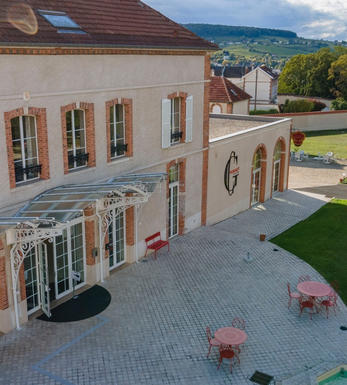
Champagne Gosset, 15 Ans de Cave Brut

About this WINE

Gosset
Gosset is the oldest wine-producer in Champagne, with a history stretching back to 1584 – when red, rather than sparkling wines were the region’s calling card.
Situated in the tiny Grand Cru village of Aÿ, five kilometres from Epernay, quality-focused Gosset has some rather famous neighbours, including Bollinger; its production, however, is much below that of the larger Houses, at around 1.3 million bottles (Moët & Chandon, for comparison, makes close to 30 million).
Gosset crafts truly artisan and gastronomic Champagnes, wines which are often seen in Michelin-star restaurants across the world. Newly appointed Chef de Caves Odilon de Varine (who took over in 2016) carries on the hallmark style of the House: extended aging “sur lees” in the cellars gives the wines extra richness and complexity in the finished glass, while the wines often don’tt undergo malolactic fermentation, to preserve the wines’ acidity and freshness. The results tend to be very creamy, dry and full, with rich, biscuit notes, framed by a trademark mineral freshness.
The House produces a range of different wines, including a range of non-vintage bottlings: the House’s flagship multi-vintage blend Grande Réserve, its Blanc de Blancs and Rosé. As for vintage wines, its Grand Millésime is joined by the “prestige” Celebris cuvées, which are only produced in the very best years.
Today the House is owned by the Renaud-Cointreau group, a family firm that also owns Cognac Frapin.

Brut Champagne
Brut denotes a dry style of Champagne (less than 15 grams per litre). Most Champagne is non-vintage, produced from a blend from different years. The non-vintage blend is always based predominately on wines made from the current harvest, enriched with aged wines (their proportion and age varies by brand) from earlier harvests, which impart an additional level of complexity to the end wine. Champagnes from a single vintage are labelled with the year reference and with the description Millésimé.
Non-vintage Champagnes can improve with short-term ageing (typically two to three years), while vintages can develop over much longer periods (five to 30 years). The most exquisite and often top-priced expression of a house’s style is referred to as Prestige Cuvée. Famous examples include Louis Roederer's Cristal, Moët & Chandon's Dom Pérignon, and Pol Roger's Cuvée Sir Winston Churchill.
Recommended Producers : Krug, Billecart Salmon, Pol Roger, Bollinger, Salon, Gosset, Pierre Péters, Ruinart

Chardonnay
Chardonnay is often seen as the king of white wine grapes and one of the most widely planted in the world It is suited to a wide variety of soils, though it excels in soils with a high limestone content as found in Champagne, Chablis, and the Côte D`Or.
Burgundy is Chardonnay's spiritual home and the best White Burgundies are dry, rich, honeyed wines with marvellous poise, elegance and balance. They are unquestionably the finest dry white wines in the world. Chardonnay plays a crucial role in the Champagne blend, providing structure and finesse, and is the sole grape in Blanc de Blancs.
It is quantitatively important in California and Australia, is widely planted in Chile and South Africa, and is the second most widely planted grape in New Zealand. In warm climates Chardonnay has a tendency to develop very high sugar levels during the final stages of ripening and this can occur at the expense of acidity. Late picking is a common problem and can result in blowsy and flabby wines that lack structure and definition.
Recently in the New World, we have seen a move towards more elegant, better- balanced and less oak-driven Chardonnays, and this is to be welcomed.


Buying options
Add to wishlist
wine at a glance
Delivery and quality guarantee